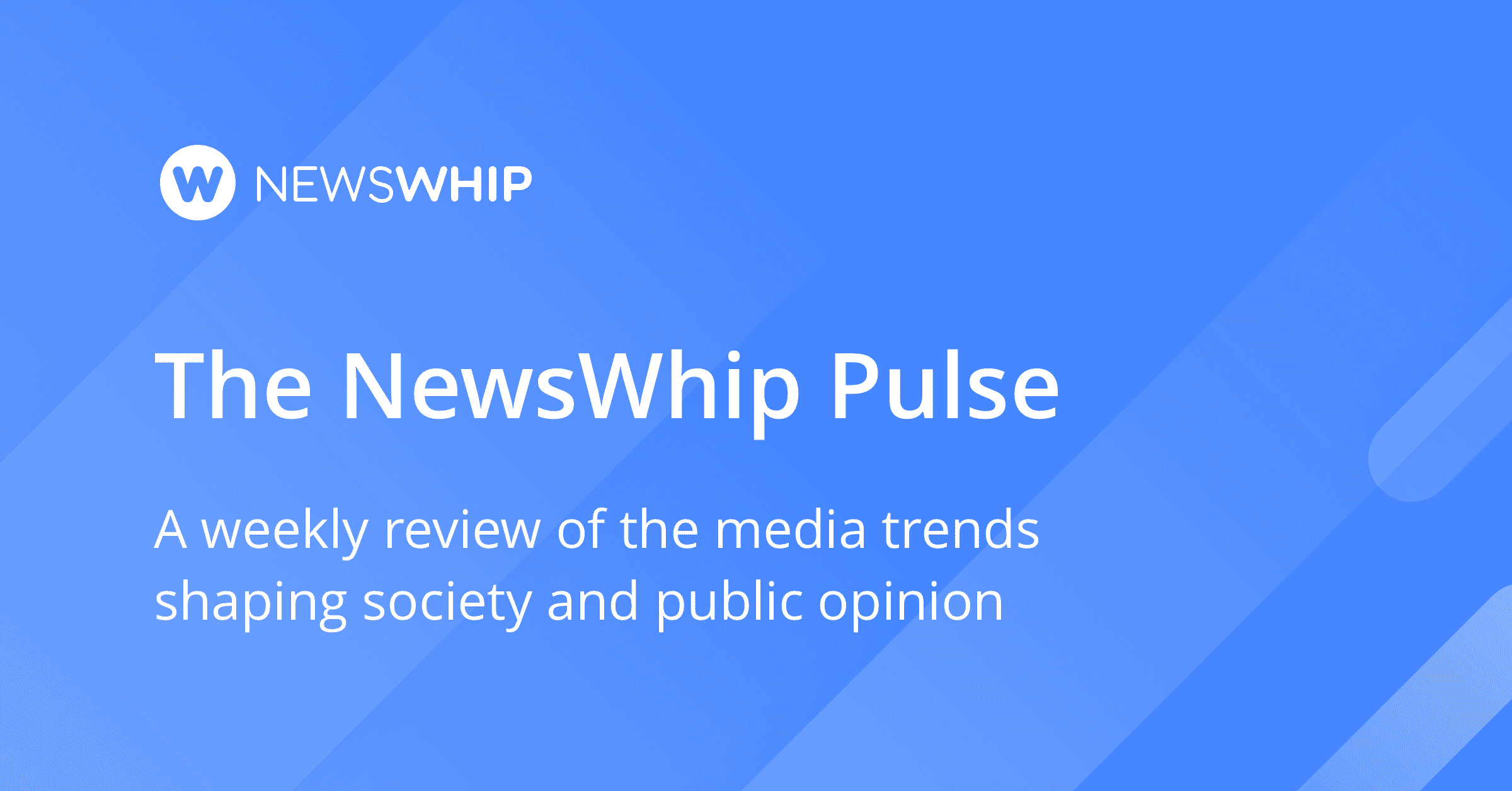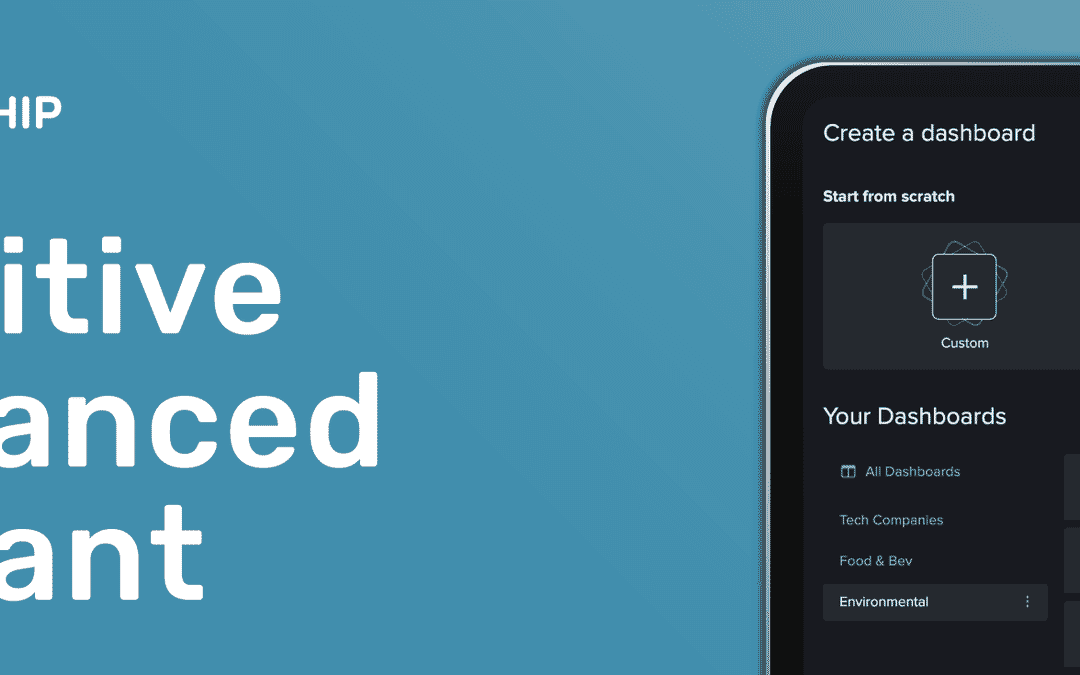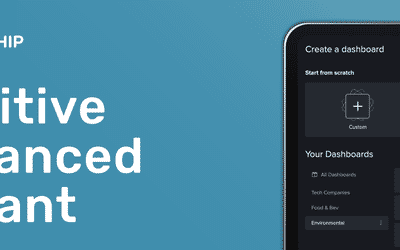Last Friday we hosted our first edition of The NewsWhip Pulse, our new biweekly webinar series in which we look at emerging trends, and hear from some distinguished guests in the media and PR industries.
This week began with two of our own, as our CEO and founder Paul Quigley welcomed NewsWhip’s Head of Research and Editorial Benedict Nicholson to talk about the explosion of public interest in news content on social media this year so far.
You can watch the full talk below, but we’ve also summarized the highlights and key takeaways here.
2020 engagement
Ben and Paul began by talking about the enormous increase in engagement so far this year. Here, when we talk about engagement, we’re talking about Facebook engagement with web content, so that might be a like, a share, or a comment on a specific url.
Ben pointed out that even at the start of the year, engagement with web content seemed to be on the rise, with the top publishers in our monthly rankings hitting all time highs. Engagement early in the year tended to be focused on moments of tragedy, such as the Australian wildfires and Kobe Bryant’s death.
The chart below shows the dramatic nature of the increase on a year-over-year basis. In layman’s terms, the amount of Facebook engagement to web content has doubled since last year.
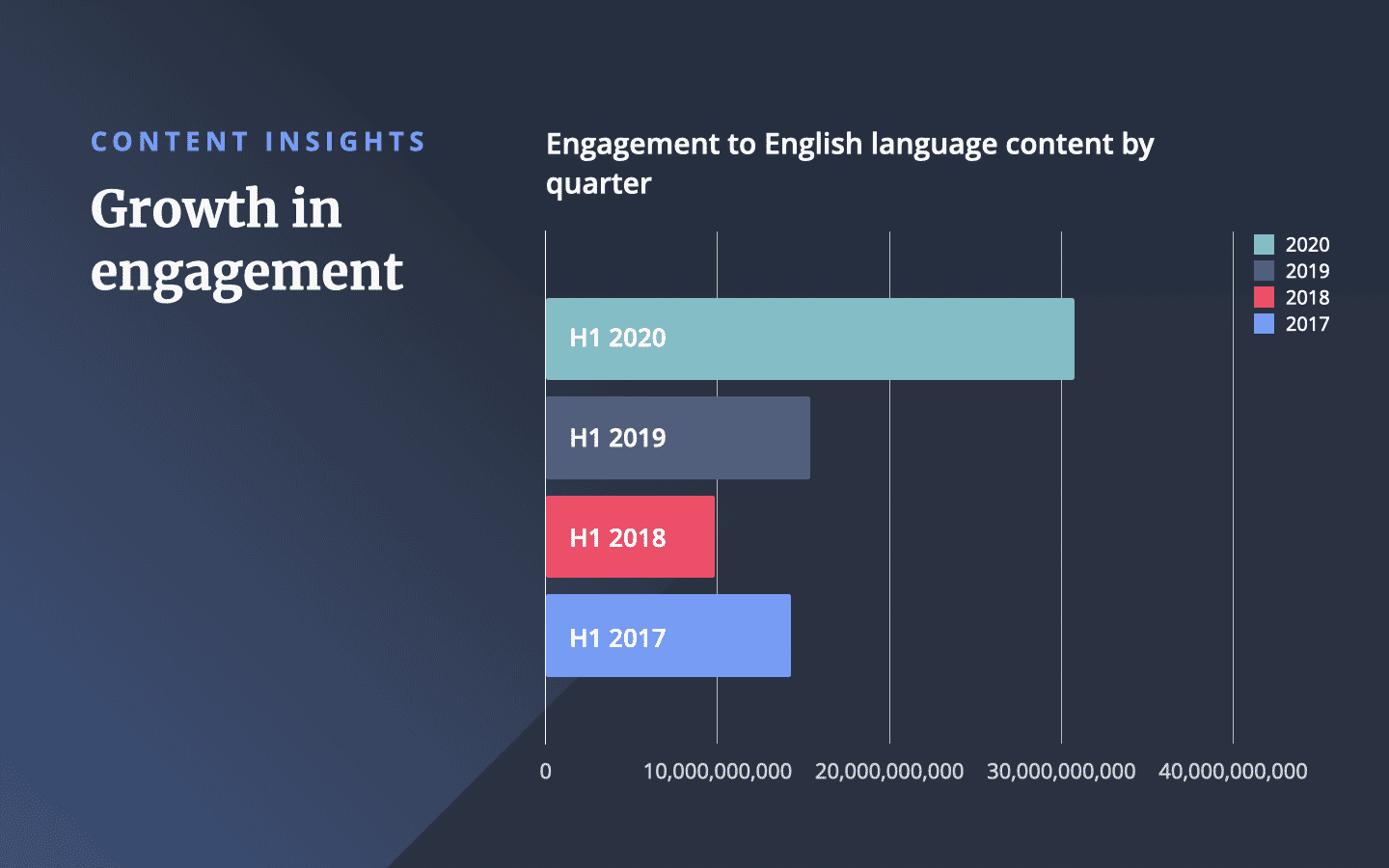
While the trend line was already going up, it is impossible to ignore coronavirus and the Black Lives Matter movement as major factors in the rise in public interest and awareness, a discussion of which comprised the second portion of the webinar.
Coronavirus and Black Lives Matter
Coronavirus has been a major factor in the increase in attention to news content online. In March, weekly engagements topped a billion one week. For comparison, news about President Trump on the week of his acquittal in the Senate saw only around 230 million engagements.
The virus dominated headlines and audience attention to such an extent that there were times in March and April when engagement with coronavirus content on Facebook exceeded all other content combined, sometimes reaching 1.5x the numbers. This has subsided a little since, and the ratio is now more along the lines of 3:1 when we look at non-covid to covid engagements.
In terms of the content that saw high levels of attention, there were a few things our team noted. One was the rise of explainers, as people simply tried to understand what was going on and what they needed to do. This caused a huge boost to sites such as Vox, The Atlantic, and others, which are known for their long-form, in-depth explanations of topics. Pieces of data visualization likewise performed very well for the big publishers, with the New York Times and The Washington Post both having salient examples.
People were also very open to positive stories, on a personal and community level. One of the first big stories was about an Italian town that came together to sing on their balconies to show community spirit in the face of the tragedy.
This extended to brands too, and was particularly resonant when it was brands extending their work to help in the community. We saw examples from Anheuser-Busch making hand sanitizer, 3M partnering with Ford to build ventilators, and Audible opening up their libraries to help people get through quarantine.
The only topic to take attention away from COVID-19 reporting was an equally urgent one; the killing of George Floyd and the Black Lives Matter protests that erupted nationally and internationally to demand racial justice and equity.
The narrative that captured the most public attention was police officers kneeling alongside protestors or joining marches. Forbes had an article on the matter that topped 15 million engagements on Facebook. We also saw significant interest in stories around the police officers involved in Floyd’s death being arrested, anti-Trump sentiment, and calls to stop violence at the protests.
Iffy quotient
One perhaps unexpected aspect that came out of the early days of the pandemic was the public turning en masse to trusted news sources to get information about the virus. The University of Michigan did an excellent piece recapping this, which Ben and Paul discussed in the webinar.
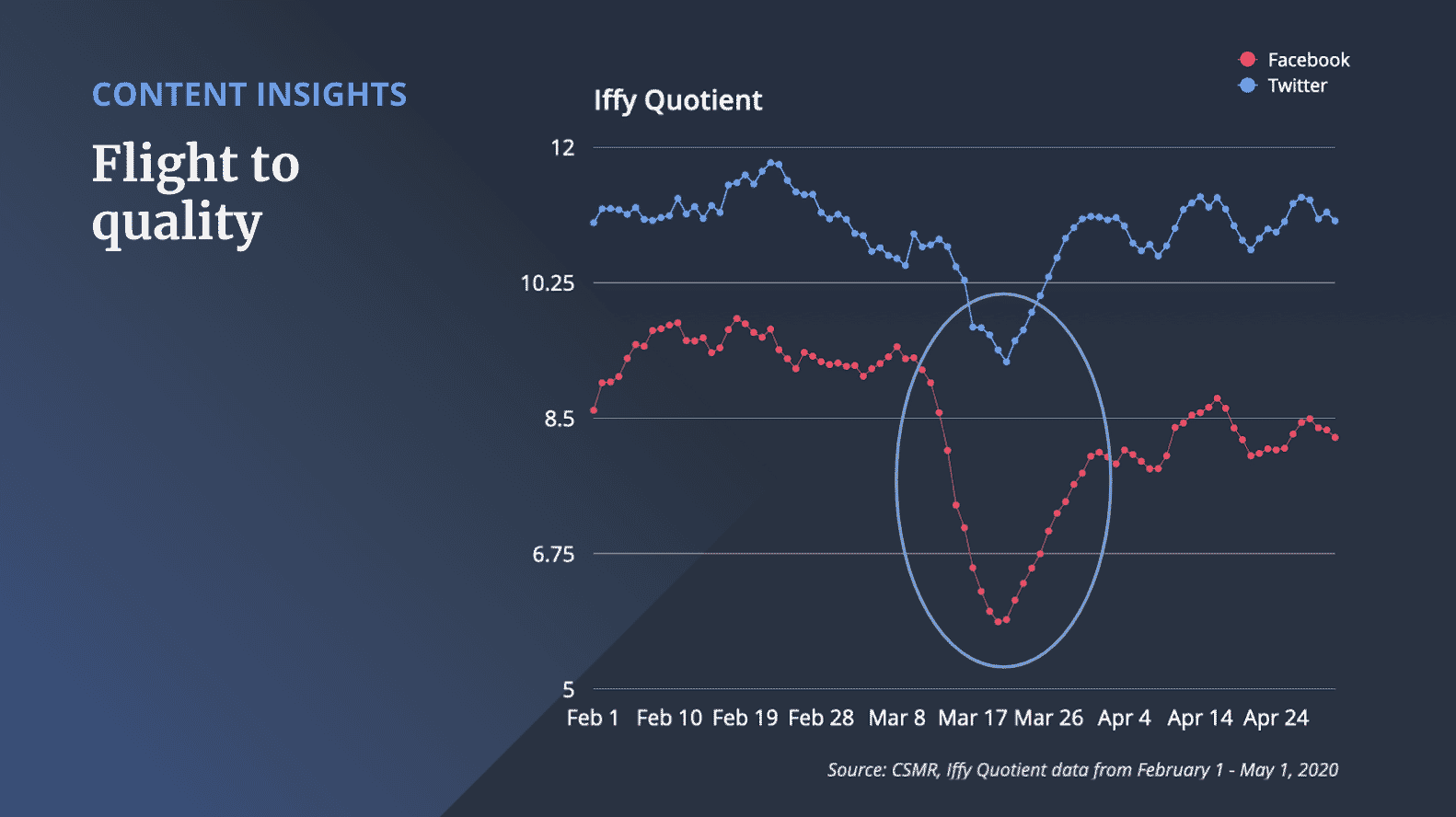
There is, however, a certain level of gray area when it comes to misinformation in 2020, as this story by Kevin Roose, who writes about technology for the New York Times, shows. He analyzes how straight news stories are offered as morsels of truth to feed a larger, false narrative. This fits in with our observations that it is very rare for outright ‘fake news’ to go viral in 2020 in the same way as it did in 2016. Nowadays it’s all about missing context, implications, and hints at a truth that may or may not be there.
The webinar closed with an analysis of how Kamala Harris’ VP announcement has been received by the media and the general public, including which narratives have emerged in liberal and conservative media.
We’d like to thank everyone who took the time to attend the webinar. Once again, if you were unable to make it this time, you can watch the full thing again here. We hope you’ll be able to join us again on the 28th, when we’ll be welcoming Jim Kennedy, the SVP of Strategy at the Associated Press, as a guest.

Brett Lofgren
Brett Lofgren is the President and Chief Revenue Officer at NewsWhip. Brett directs overall growth and revenue strategy, helping brands and publishers use NewsWhip technology to grow their audience through social data.





